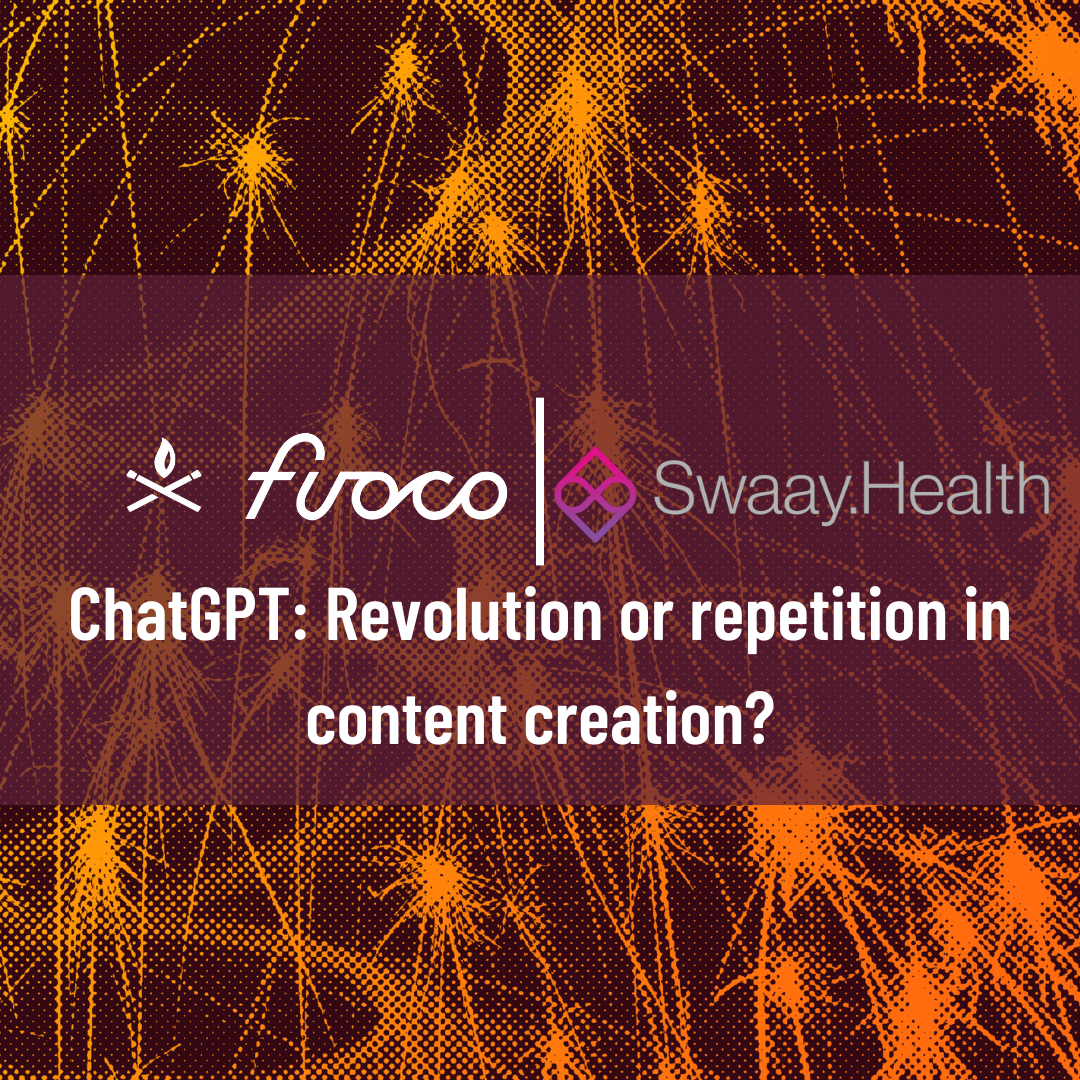Embracing Dark Social: The Unseen Side of Digital Marketing

We all know that healthcare marketers need to stay up-to-date on trends and tactics that drive effective strategies. However, one area often overlooked is Dark Social. What is it, and why does it matter?
We explored the topic in a recent How It’s Done podcast conversation with our very own resident expert, Erica Freckelton. Erica took us on a riveting deep-dive into the concept of Dark Social, its importance, and how marketers can adjust their attribution strategies to leverage its potential.
If you haven’t heard our first two episodes in our short series with Erica, listen to Part 1 & Part 2.
The Enigma of Dark Social
Despite what you may think, Dark Social is not a new concept. The term simply refers to interactions that take place outside the usual attribution spectrum for marketers.
Think about those links you get through DMs, LinkedIn comments, or email newsletters, or the chats you share with peers on Zoom or in Slack, Reddit, and Discord. It’s hard to track these types of engagements, making them “dark.”
The Atlantic has been writing about Dark Social as far back as 2012, when they discovered that the “previously unmeasured darknet” was “delivering 56.5 percent of people to individual stories.” By comparison, ALL social networks were generating 43.5 percent of traffic to individual stories.
While Dark Social might be nebulous and challenging to measure, it can move the needle in big ways. Why? Because it’s based on trust. When a link or recommendation comes from a peer, a colleague, or a friend, the chances of engaging with it are higher than when it comes from an unknown source.
Attribution: Breaking Old Patterns
Businesses may overlook or discount the potential of Dark Social because it’s hard to track (and therefore, hard to measure). But this oversight can mean missing out on a wealth of unseen engagement, leads, and, yes, sales.
It’s a reminder for marketers to think outside the traditional box of easily attributable sources. It’s time to embrace the less tangible and more experiential aspects of marketing that can resonate strongly with audiences — especially given that it’s still an incredibly popular way to share.
Adjusting Your Strategy for Dark Social
Recognizing the potential of Dark Social is the first step in adjusting your marketing strategy. In doing so, we must produce content that people genuinely want to share with their peers. It’s not about ticking all the boxes on technical proficiency but about creating content that strikes a chord on an emotional level. Content that people connect with emotionally — content they truly care about — is what they tend to share. And that kind of content is sometimes just too vulnerable or provocative to share in public.
Bottom line: Dark Social might be an unexplored territory for many marketers, but it’s a treasure trove of opportunities for those who dare to venture. As we continue to navigate the vast landscape of healthcare marketing, keeping an open mind for such innovative concepts can help us pave the way for more impactful strategies.
Struggling to find your story and grow your business? You’re not alone. At fuoco, we’ve helped many B2B healthcare companies craft their message, differentiate themselves in the market, and use storytelling to grow their business. Send us a message or give us a call at (615) 866-9368.



